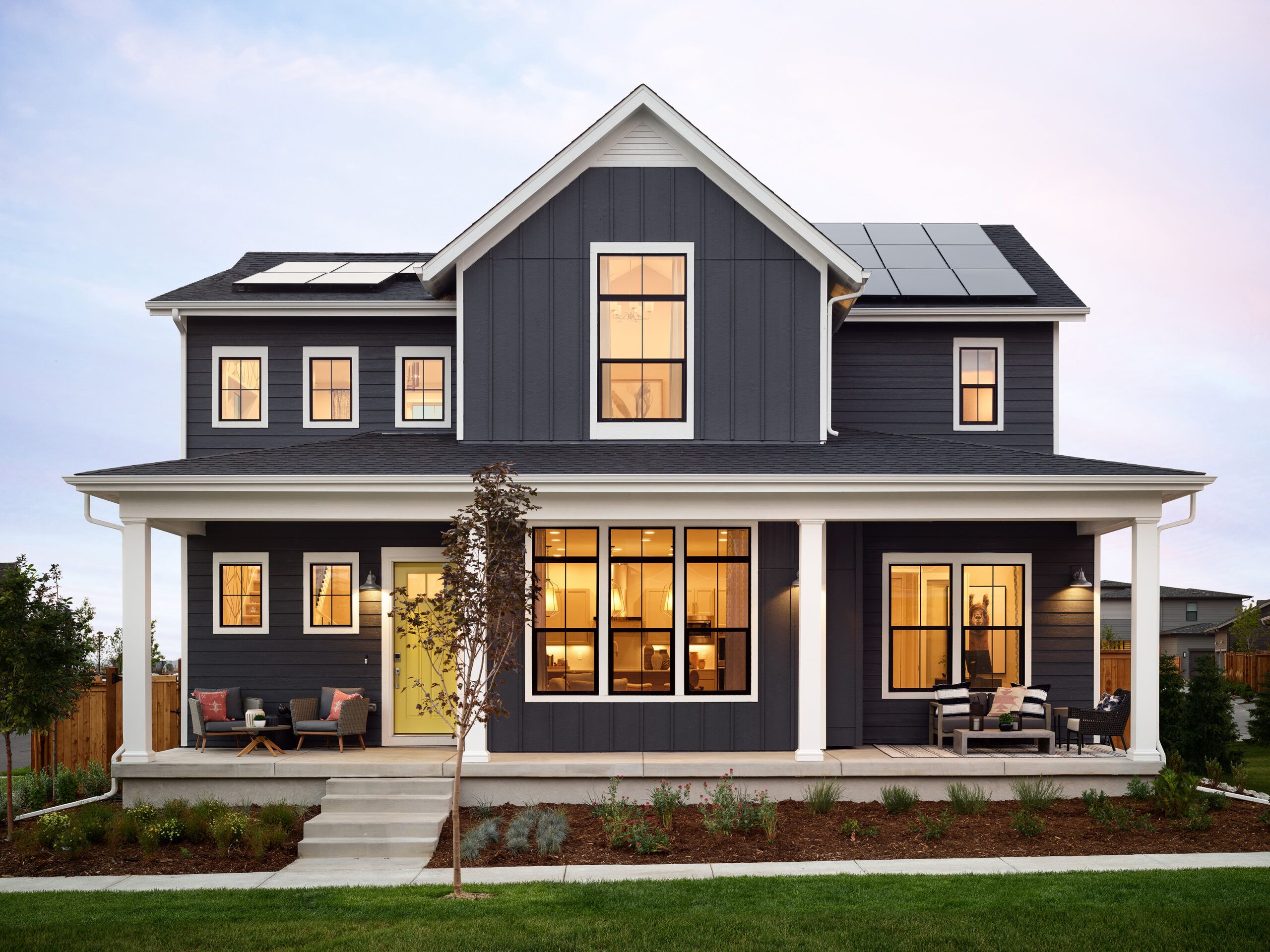House Siding: A Comprehensive Guide to Exterior Home Cladding

House siding is a critical component of any home's exterior, serving both functional and aesthetic purposes. It not only protects your home from the elements but also enhances its curb appeal. In this comprehensive guide, we'll explore everything you need to know about house siding, from materials and styles to maintenance and eco-friendly options.
1. The Importance of House Siding:
-
Protection: Siding acts as a protective barrier, shielding your home from rain, snow, UV rays, and wind.
-
Curb Appeal: It plays a significant role in your home's overall aesthetic, contributing to its visual appeal and value.

2. Common House Siding Materials:
-
Vinyl: Vinyl siding is a popular choice due to its affordability, low maintenance, and a wide range of colors and styles.
-
Wood: Wooden siding offers a classic, timeless look but requires regular maintenance to prevent rot and pests.
-
Fiber Cement: This durable and low-maintenance option mimics the appearance of wood, stucco, or brick.
-
Brick: Brick siding is known for its durability and timeless charm, often found in traditional and colonial-style homes.
-
Stone: Natural stone siding provides a luxurious and rustic look, but it can be expensive and requires professional installation.
3. Siding Styles and Profiles:
-
Horizontal Lap: This is the most common style, with overlapping horizontal boards. It's versatile and suits various architectural styles.
-
Vertical: Vertical siding offers a unique, contemporary appearance and is often used in modern or coastal homes.
-
Shingle: Shingle siding replicates the look of wooden shingles and adds texture to your home's facade.
-
Board and Batten: This style features alternating wide boards and narrow strips, creating a charming, rustic look.
4. Siding Maintenance and Care:
-
Cleaning: Regular cleaning with a mild detergent and a hose can help prevent dirt and mold buildup.
-
Repairs: Promptly address any damage or loose siding to prevent further issues.
-
Painting and Staining: If you have wooden siding, periodic painting or staining is necessary to protect it from the elements.
:max_bytes(150000):strip_icc()/house-with-brick-architectural-vinyl-siding-asphalt-shingle-roof-168518506-584092dc3df78c02303a3adf.jpg)
5. Eco-Friendly Siding Options:
-
Recycled Materials: Some siding options are made from recycled materials, reducing the environmental impact.
-
Energy Efficiency: Certain siding materials, like insulated vinyl, can improve your home's energy efficiency.
-
Sustainable Wood: If you prefer wood siding, opt for sustainably sourced wood to minimize deforestation.
6. Siding Installation:
-
Professional Installation: Proper installation is crucial for siding durability and effectiveness. Consider hiring a professional.
-
DIY: While some homeowners may choose to install siding themselves, it's essential to have the necessary skills and tools.
House siding is not just a protective shell; it's a crucial design element that defines your home's character and adds to its market value. By selecting the right siding material, style, and maintaining it properly, you can ensure that your home remains both beautiful and well-protected for years to come. Whether you prefer the classic charm of wooden siding or the low-maintenance benefits of vinyl, your choice of siding can make a significant difference in your home's appearance and longevity.

